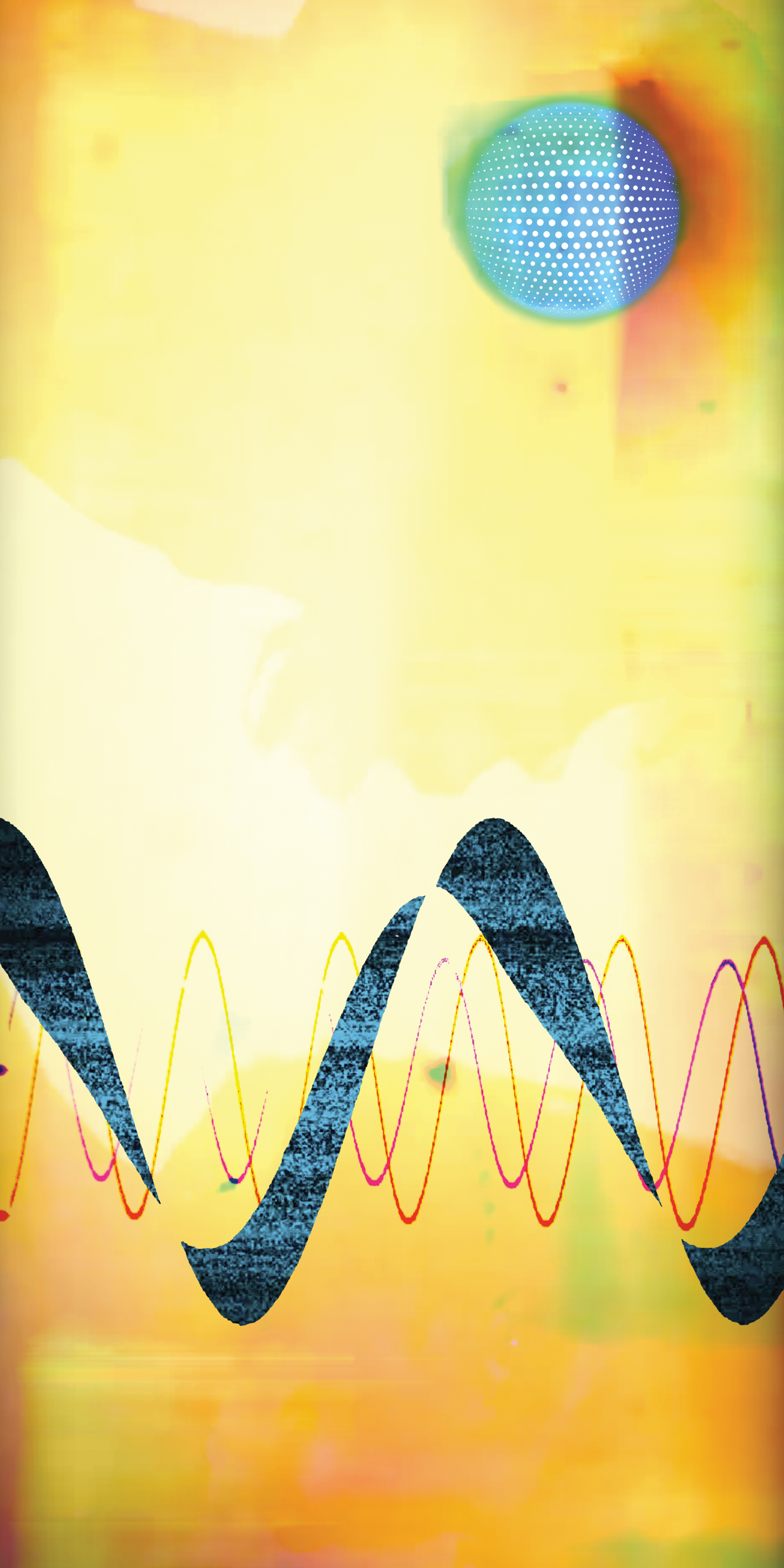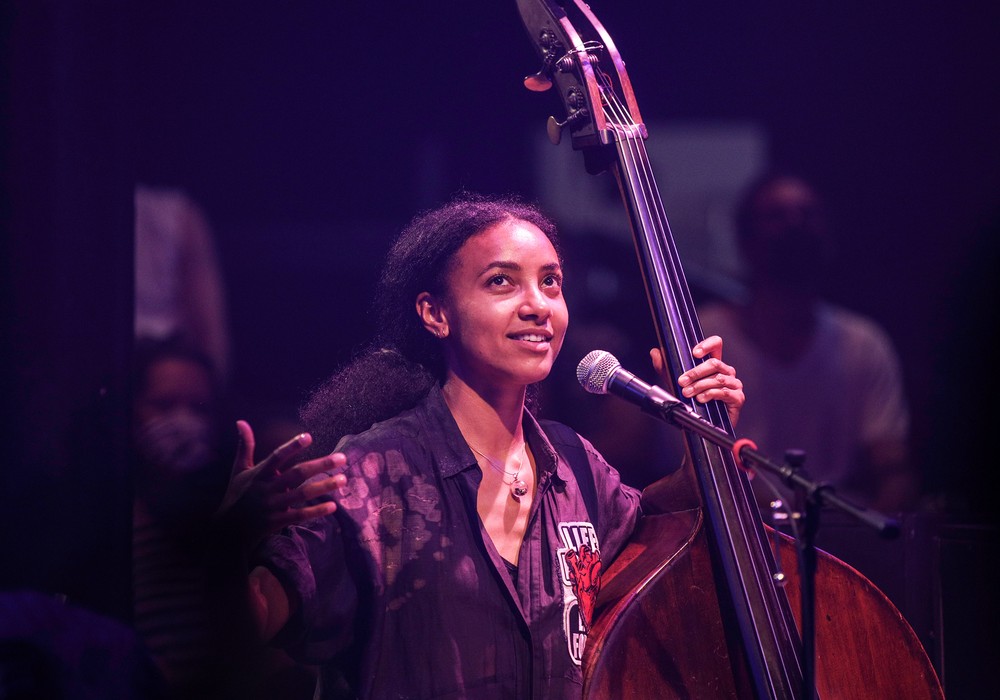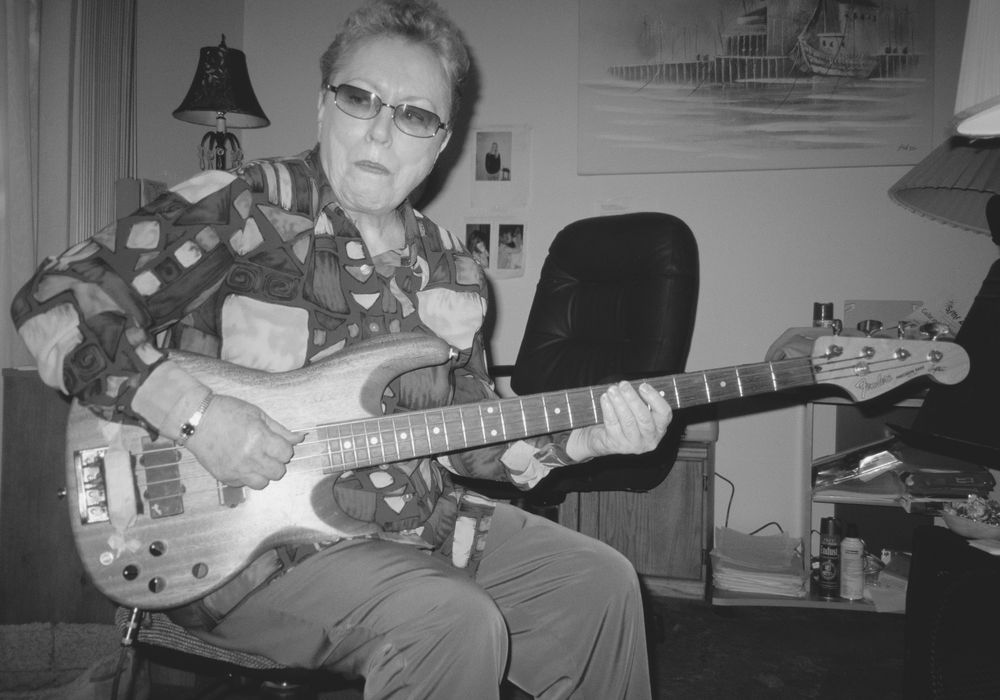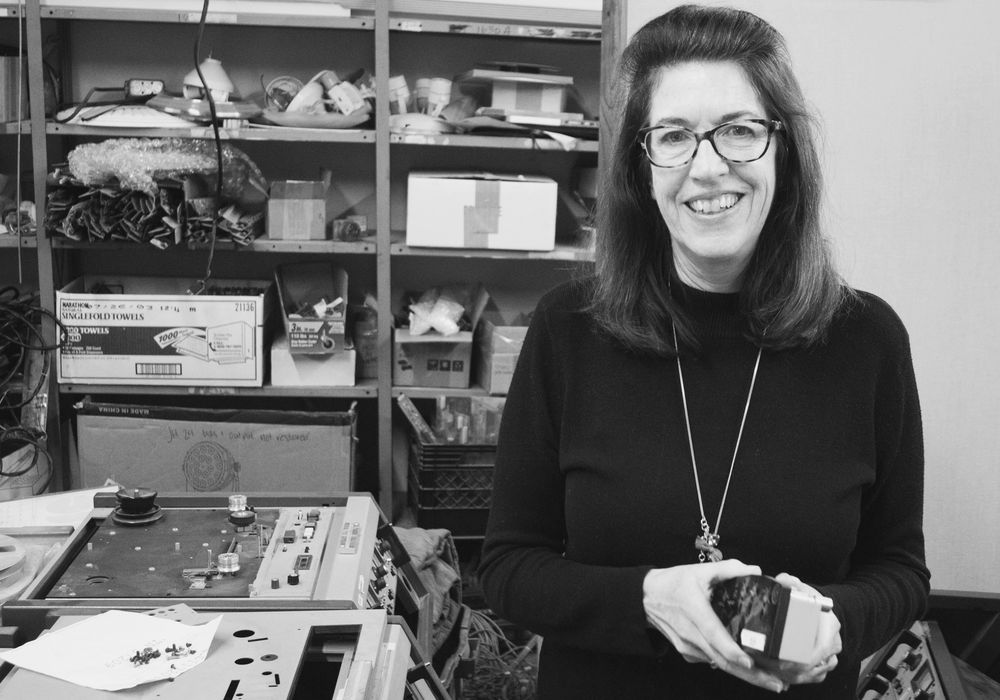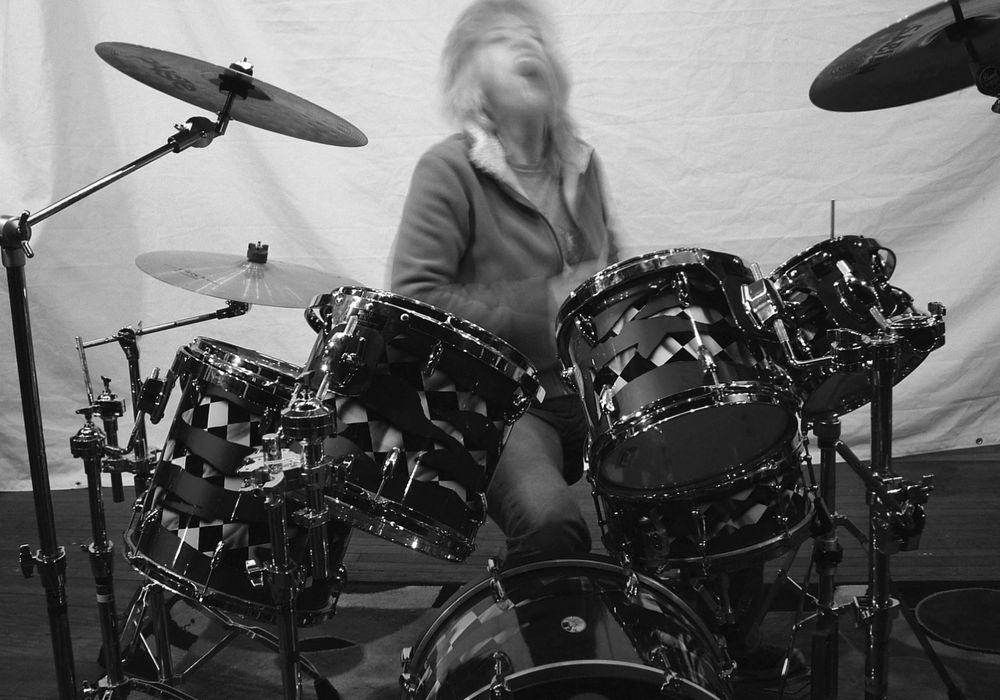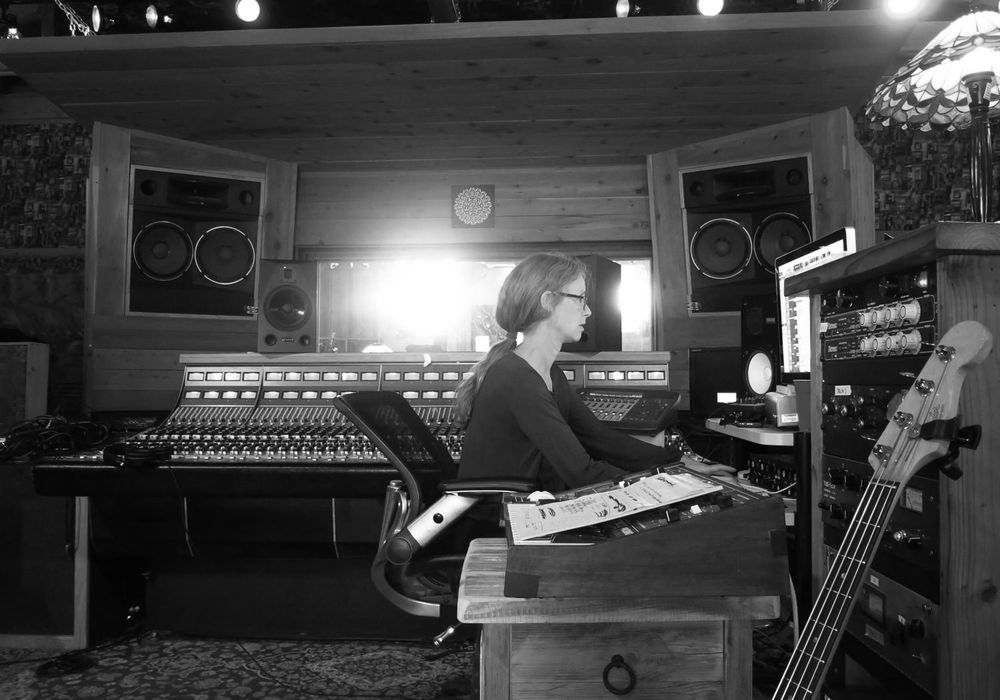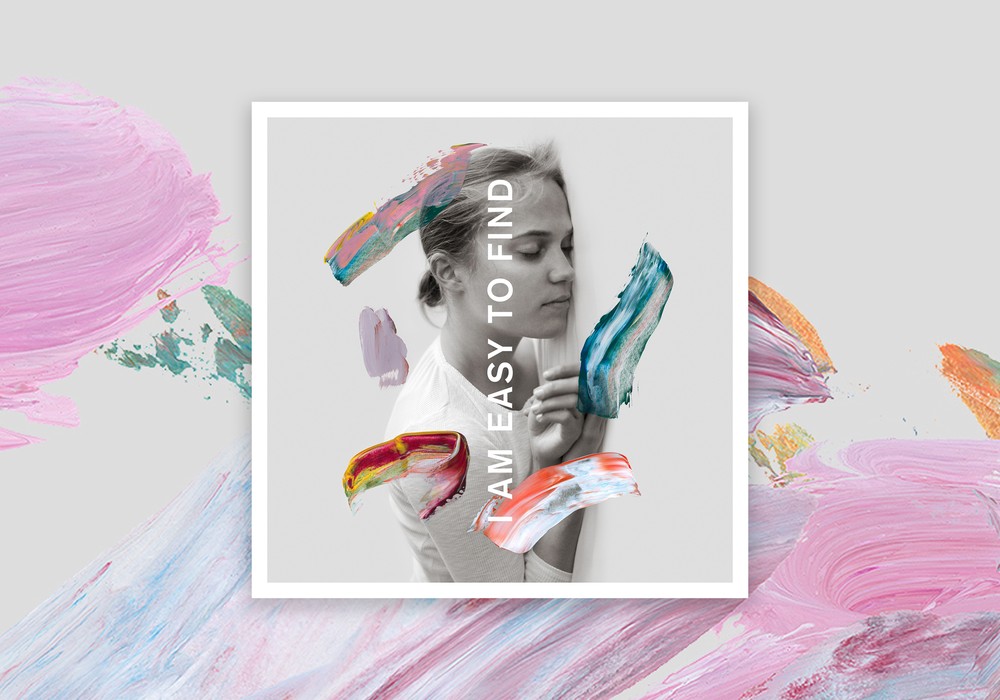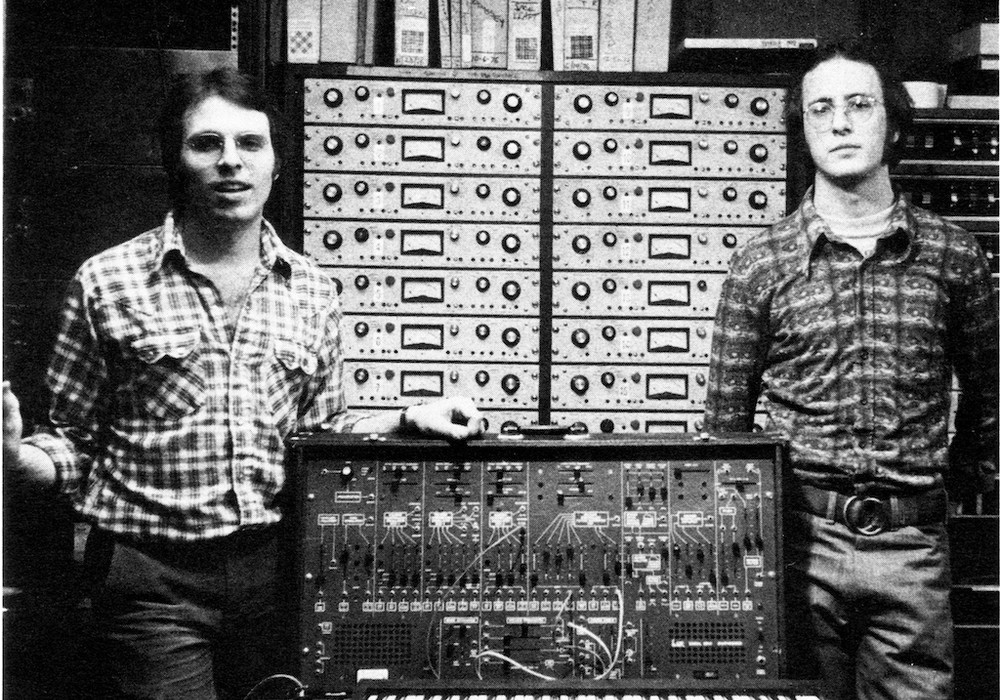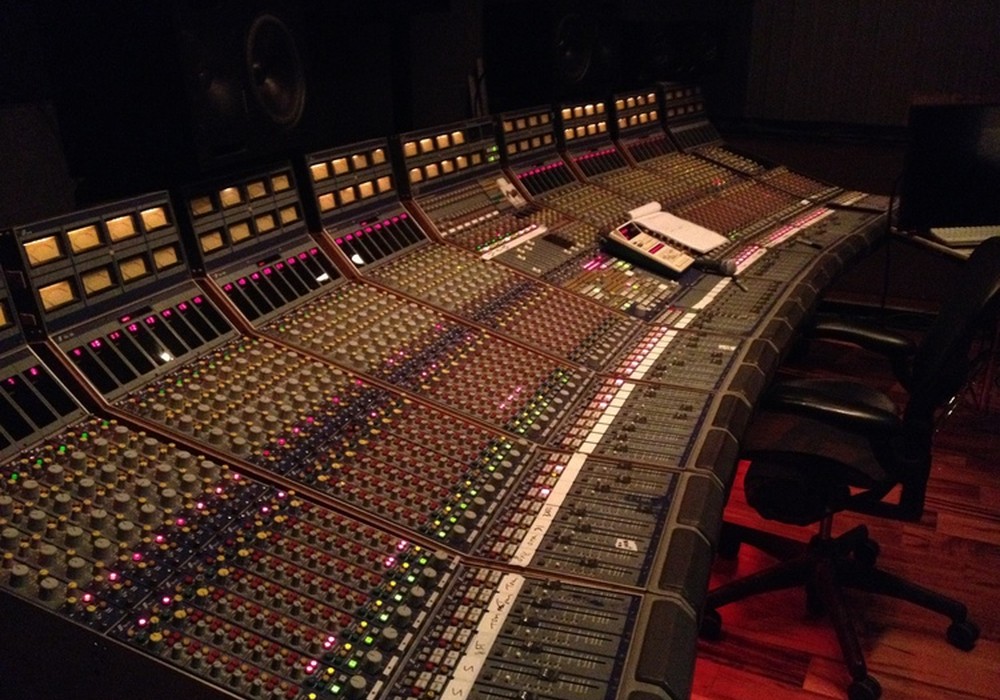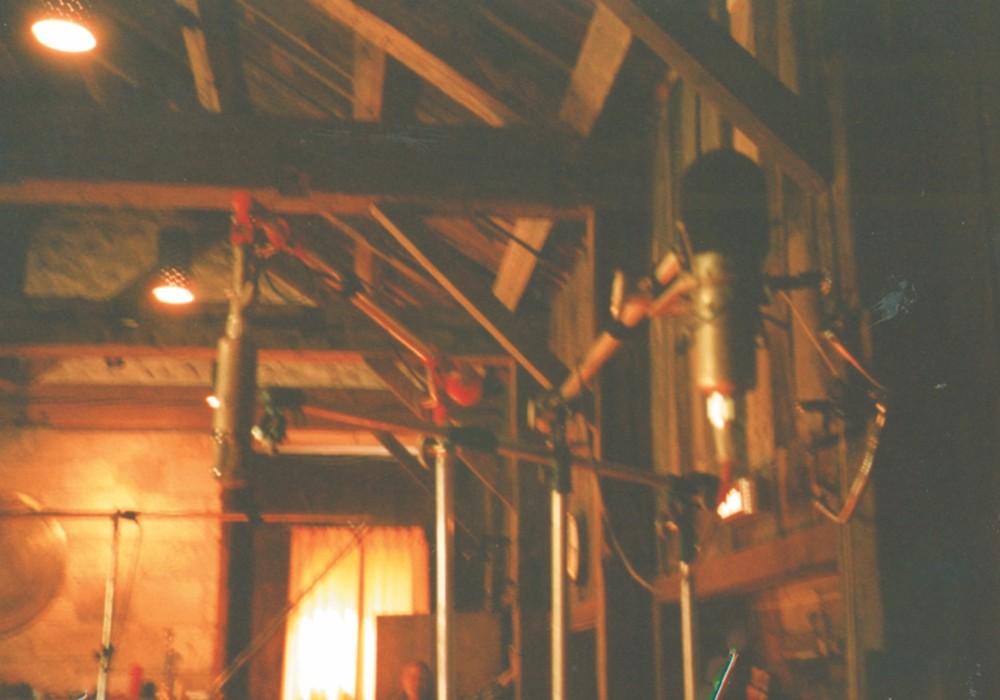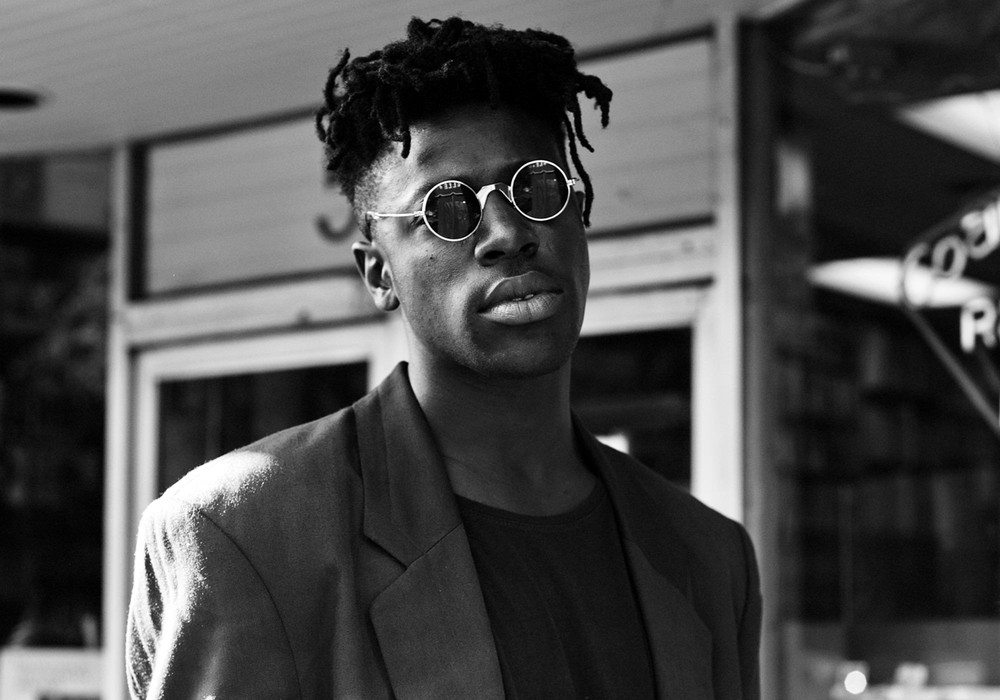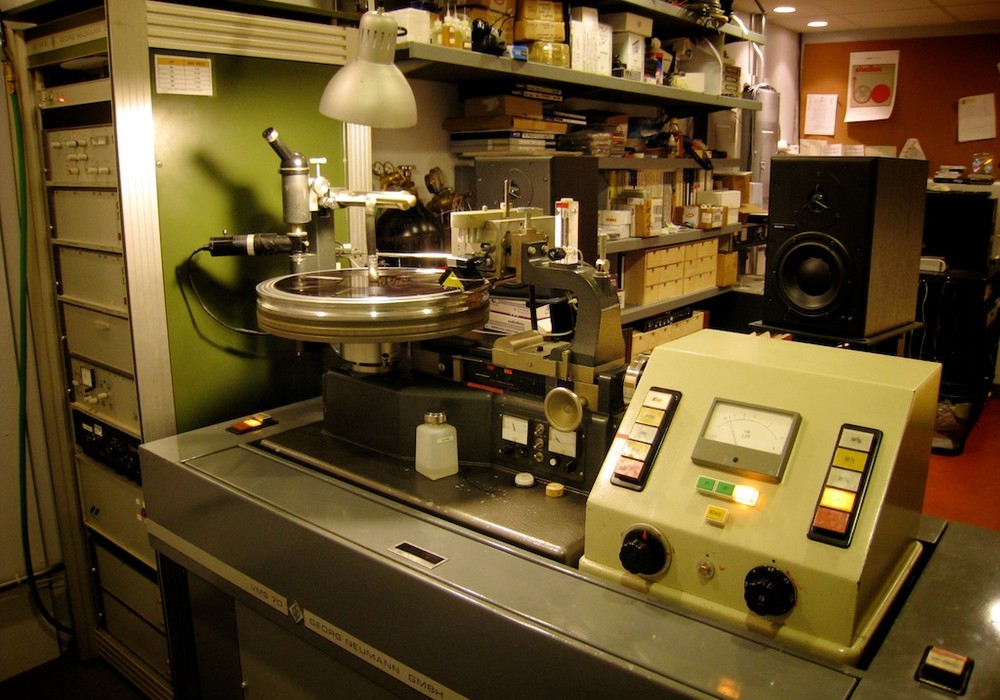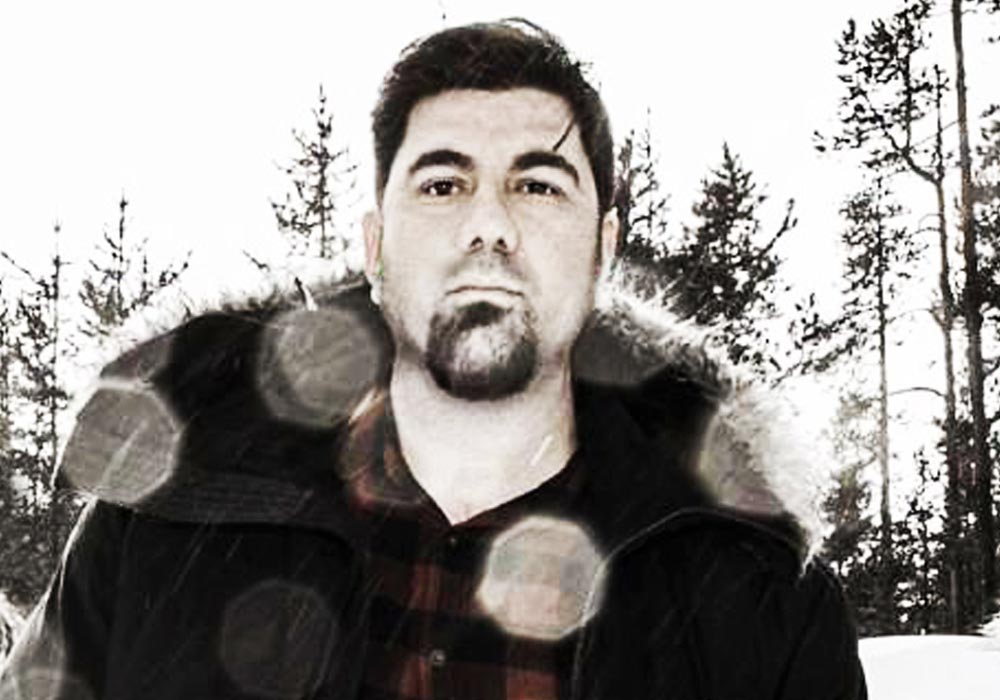With her eighth album, Songwrights Apothecary Lab, vocalist, bassist, and fearless explorer Esperanza Spalding blends input from various disciplines and asks the question, “What do we need a song for?” These 12 tunes were created and captured in various non-studio spaces, with input from researchers, practitioners, music therapists, and neuroscientists, plus some great musicians like Wayne Shorter, PHOELIX, and Corey D. King. It’s a quest to make “music designed to have a specific effect on the listener,” and it certainly does.
Photo by Jati Lindsay from the Songwrights Apothecary Lab session at the Flamboyán Theater, part of The Clemente Soto Vélez Cultural & Educational Center in New York City, NY.
Your new record is fascinating. What was the impetus?
With [the previous album] 12 Little Spells, I was starting to explore this space of inviting an effect in the body – or in the perceived sense of state – with music, songs, imagery, and sound. I was drawing guidance from Alejandro Jodorowsky’s Psychomagic [subtitled The Transformative Power of Shamanic Psychotherapy], as well as guidance from Reiki [energy healing technique] and poetry. Approaching it from an intuitive lens. Coalescing these themes and intentions, without the guidance or tutelage of a practitioner, because that’s not what that project was about. They’re spells. I trust my capacity to craft spells, in the way that I was crafting them with that project. I did want to delve deeper into how us performers are a type of music therapy practitioner, but we’re not engaging in the client/therapist dyad. I did want to delve further into, “What do they know that we could integrate into what we do?” To potentially offer songs, sounds, and musics that can be utilized in a specific way by the listener. I wanted to have some guidance. I flirted with the idea of getting a music therapy degree, and then I was like, “When?”
Yeah, right?
And that’s not the question of this Lab. The question of the Lab is how can we as songwriters and musicians enhance what we’re doing? Drawing on the expertise, findings, and practices of these other people in another zone. Responding to human needs with music.
Do you think that’s looking for a way past the simplistic parts of music that we all get, like feeling uplifted, feeling rhythm, or feeling sad from a song?
I think those are actually the deepest elements. I don’t think those are simplistic. What’s really at play there is profound. It’s this essential quality, that you described, of our relationship to music, that is escaping analysis and unpackaging by the medical field. Or by anyone in fields who are exploring how our bodies do respond to specifically utilized packages of music. That’s the deep mystery. Why does that song uplift my spirit and not another person who’s my same age, going through the same ailment? I think that’s the part that maybe we can never unpackage in this Lab, and that’s okay. The closest metaphor that I’ve been working with lately is painters in Leonardo da Vinci’s era by starting to integrate what architects, engineers, and mathematicians knew. Integrating ways of measuring and understanding space into how they were painting. They started to do more with dimension itself. I’m looking at it like that. What we do already works. There are multiple fields that are in a deep, devoted inquiry into how music is affecting our body. We’d be crazy not to integrate that with loving intention, and see how we can enhance, refine, and work more intentionally with those mystery elements. Working with a mathematically-accurate perspective isn’t necessarily going to make your painting more beautiful, or more arresting. But having access to that might augment and enhance the beauty, the experience of the beauty, or the engagement in the world that you want to portray.
Who were some of the first people, outside of the music field, that you reached out to with the Songwrights Apothecary Lab project?
The first would be my Reiki teacher, honestly. Then a teacher who I was working with for a little while, who is a healer and a midwife; she was inviting me into practices of tuning and preparing myself before I stepped into that mode of writing that I was exploring with 12 Little Spells. Then, [saxophonist] Wayne Shorter. Conversations with him through the years shifted my orientation to music, as well as why we make music and how we shape music. In 2020, I reached out to five people on that first council. It was a neuroscientist, a psychologist, two music therapists, and a pediatrician who also worked with music therapy. None of the music from that first iteration was shared publicly. That first iteration was us wobbling into, “What do we even mean by collaborating with each other?” We also explored understanding how to communicate shared values and intentions and...
